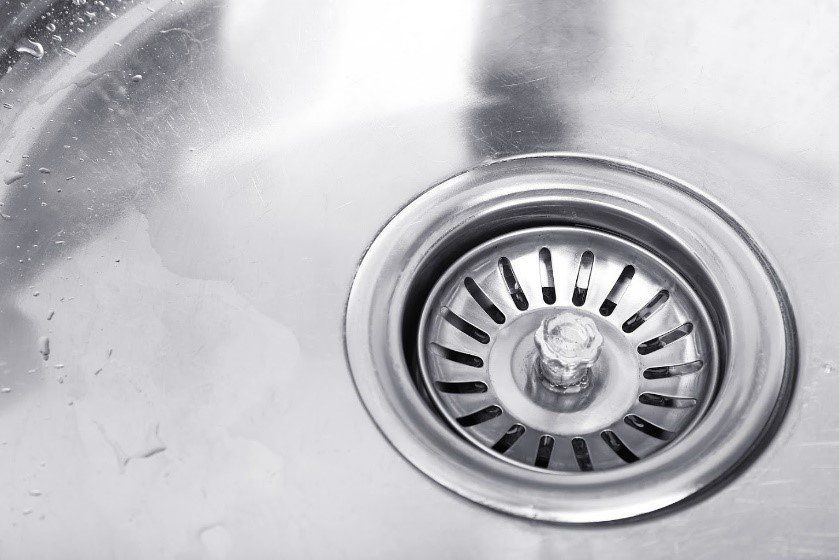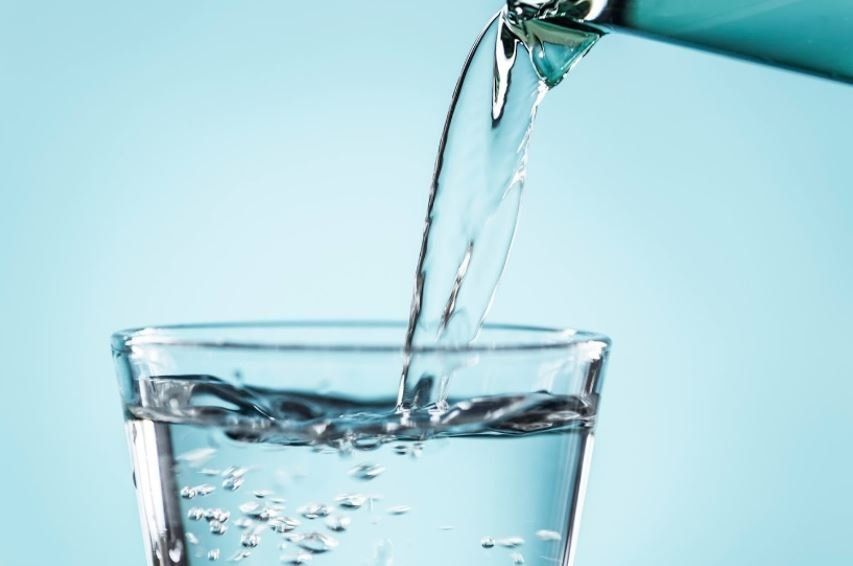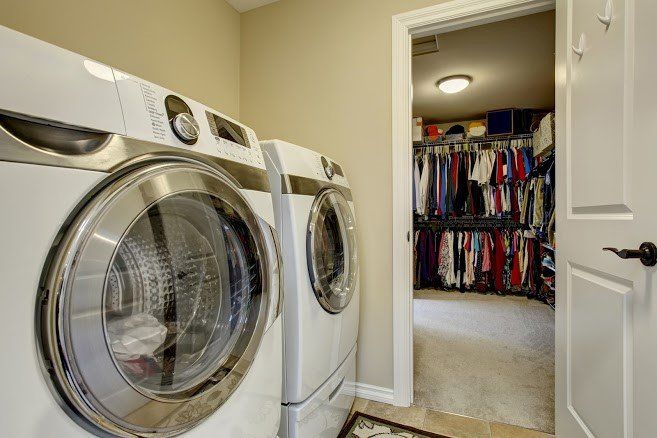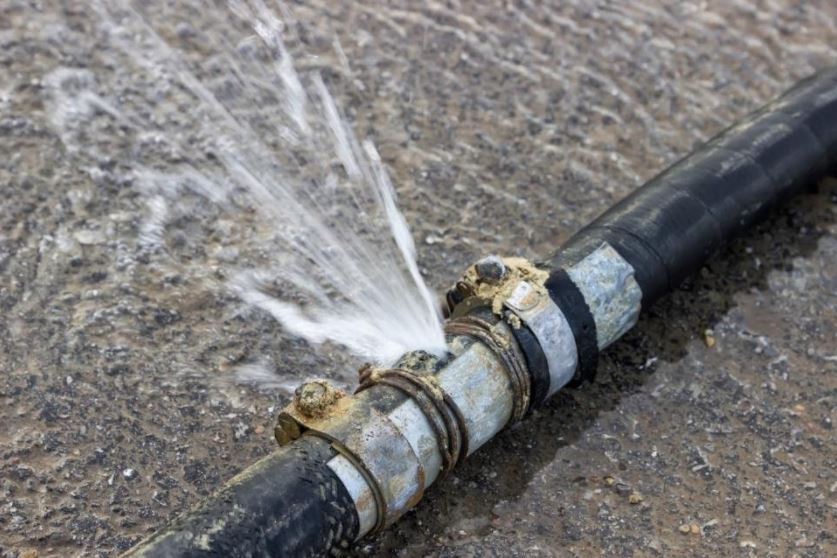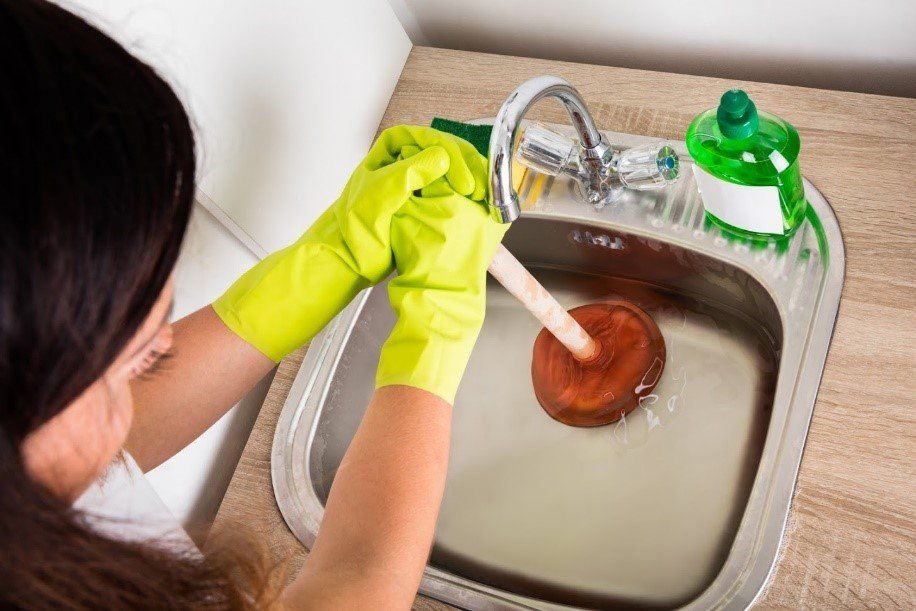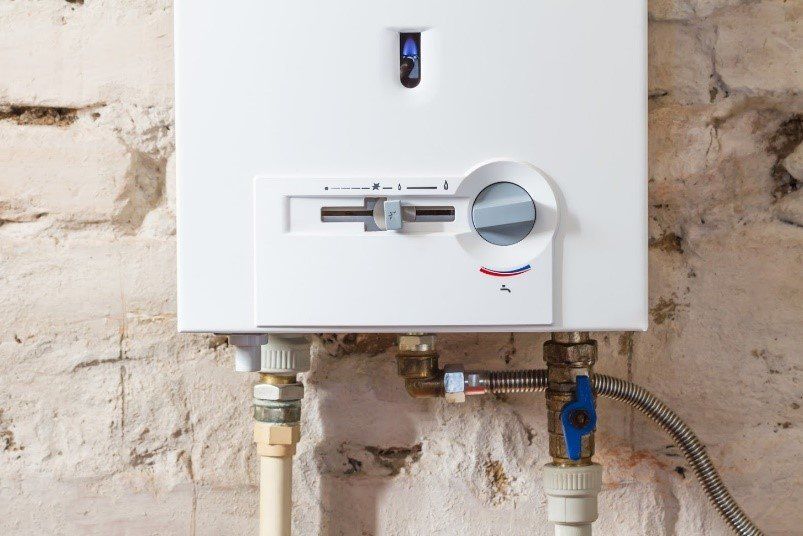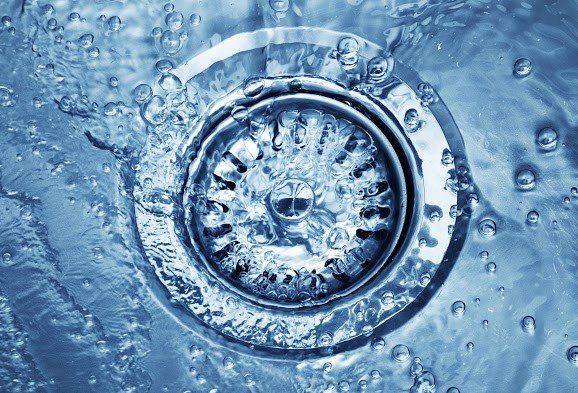The Cost of Water Leaks
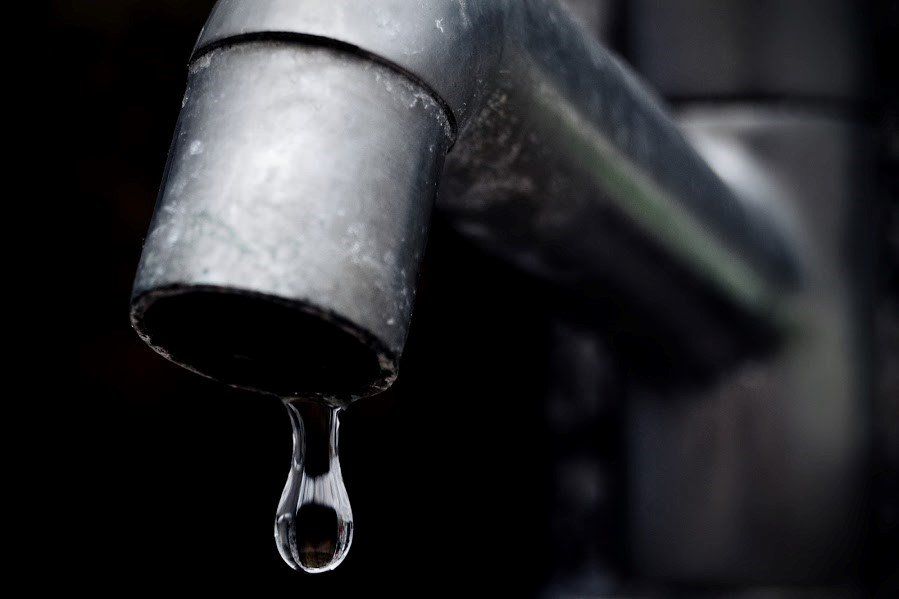
If a pipe suddenly bursts, spilling water all over your home, you probably won't wait to contact the plumber to start cleaning up the mess. However, slower water leaks are often ignored or go unnoticed because they have little or hard-to-see signs. If you don’t notice these leaks, they can turn into expensive repairs. Keep reading to check out the real cost of water leaks.
Wasted Water
One of the leading problems with water leaks is wasted water, which increases your water bill. A small leak of 10 drips per minute can waste 29 gallons of water a month, while a faster drip can waste 330 gallons of water per month. Not only is that a waste of water, but you must also pay for not using it. This faster leak can add up to $6 or more to your monthly water bill.
Toilet leaks, however, can be much more expensive. If the toilet constantly runs, it can waste an incredible 200 gallons of water per day or 6,000 gallons a month. This can increase your water bill by up to $70 a month. In most cases, you can hear and stop a leaking toilet by ensuring the flapper properly closes. But this may only be a temporary fix that you have to do after each flush.
Water and Mold Damage
Even small amounts of water can cause water damage. If the leak is hidden in the wall, the lack of ventilation may keep the area wet longer, and insulation can absorb large amounts of water.
Fixing water damage is often an invasive process because you may have to remove large portions of drywall. On top of that, your insurance provider may not cover the damage if they can argue the leak was due to a lack of maintenance.
Additionally, failure to fix water damage can lead to mold growth. Not only is mold ugly and smelly, but it can cause some health issues if you already struggle with health concerns like allergies and asthma.
Even if you are not sensitive to mold, some more aggressive molds like black mold can cause complications. On some surfaces, you can kill and clean mold, but porous surfaces like drywall and wood may need to be replaced.
Pest Infestation
Leaking water and water damage also attracts pests. Pests like quiet, dark, safe places like inside your walls. And a leaking pipe is an attractive water supply for them. As a result, they may decide to make your home their home. Common pests attracted to leaking pipes include silverfish, rats, mice, cockroaches, and termites.
In addition, some of these pests (like termites) may burrow into the wood in your wall. If the wood is wet or starting to rot due to moisture, pests can burrow even easier.
If left untreated, pests can spread throughout your home, and they may pose health risks from their droppings, saliva, and fleas.
Fire Risk
Water and electricity don't mix, but your electrical system may be behind the same walls as your plumbing pipes. As long as you maintain both systems, there is no issue. However, a leaking pipe may expose the wires to water. If those wires become damaged, or if the water hits an area with no insulation, the water can create a spark.
A spark won't always lead to a fire, but if there is also a lot of insulation around the area, the spark can ignite it. Similarly, if the area has a lot of moisture, the spark may spread or be strong enough to ignite the drywall or wood.
Water leaks can become incredibly expensive, especially if you ignore them or don’t notice them. If you would like to know more, or if you want to have your plumbing system inspected, contact us at Scotto's Plumbing today.



